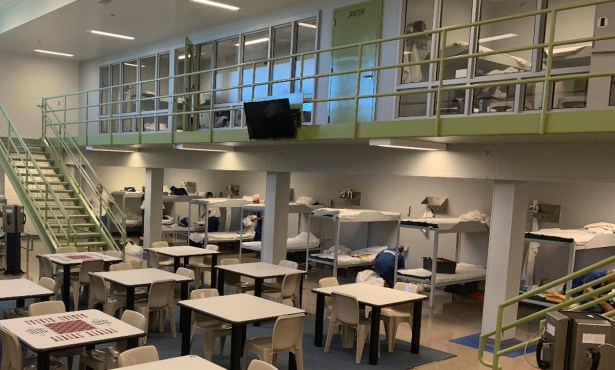City Endorsements
Yes on Measures C, D, and E Measure B: No
The magic number unifying these three essentially housekeeping measures is seven, as in a workably broad number of public representatives on three of the city’s more important advisory commissions. None of these measures will get much press or generate much controversy; no one has bothered to file arguments against these three in the city’s voter information pamphlet. Yet there they are. The course of city history will not be affected by their success or failure, but we think they all make sense. Here’s why.
MEASURE C
Right now, the same five people make up the city’s Park Commission and its Recreation Commission, and they provide oversight and advice on the management of the city’s Parks & Recreation Department. Measure C would formally combine the two commissions into one and expand the number of commissioners from five to seven. Given the expanding workload confronting these commissioners-due to budget constraints, City Hall will be eliminating seven of the department’s 16 advisory boards-the additional two members will be exceedingly helpful. One of the new positions will be reserved for a teenager aged 16-18, reflecting the vital importance Parks & Rec programs have for the city’s youth.
MEASURE D
This will expand the Harbor Commission from its current composition of five members to seven. In addition, Measure D would allow one person from outside city limits to serve; currently, they are excluded. This change makes good sense. Many people from the entire South Coast work and play at the harbor. They have the experience and insight to help direct its management. The harbor’s operations are regional in scope; the make of its commission should be too. Likewise, we wonder whether five commissioners are enough to represent adequately all the different constituencies who lay claim to the waterfront. Seven offers the possibility of greater diversity without becoming unwieldy.
MEASURE E
This measure will decrease the number of representatives now serving on the city’s Architectural Board of Review from nine to seven. More importantly, it will allow up to three architects and landscapers who live outside the city limits-but in Santa Barbara County-to be appointed by the City Council. Many of our most talented and experienced architects live just outside the city where they work. To keep off limits this important reservoir of talent makes no sense at all.
MEASURE B: NO
A chainsaw solution where a scalpel is required, Measure B would reduce the maximum allowable building heights in downtown’s El Pueblo Viejo from 60 to 40 feet, and elsewhere throughout Santa Barbara to 45 feet. Short-sighted and inflexible, Measure B allows no exceptions for community benefit. Had it been in effect, the seismically improved Cottage Hospital could not have been approved, nor could the Arlington, the Lobero, or a host of other buildings that define not just the city’s skyline, but its architectural heritage.
FOR MAYOR: HELENE SCHNEIDER
Smart and hardworking, Schneider possesses the skills, vision, and temperament needed as the city confronts some of the toughest times in the past 60 years. Of the five candidates, she can best orchestrate the collective sacrifice and creativity required that will be demanded.
FOR CITY COUNCIL: WHITE, HOUSE, PRITCHETT
Harwood “Bendy” White comes to the race better prepared than any candidate in the past 100 years, having served on the Planning Commission for the past 14 years, the Water Commission eight years prior, and as a county fire planner before that. Grant House, the only incumbent in a field of 13, has worked diligently and creatively to expand transit options available to commuters and residents alike. David Pritchett brings to the race an insider’s experience with an outsider’s attitude, and will fight to give tenants better tools to protect themselves from economic displacement



